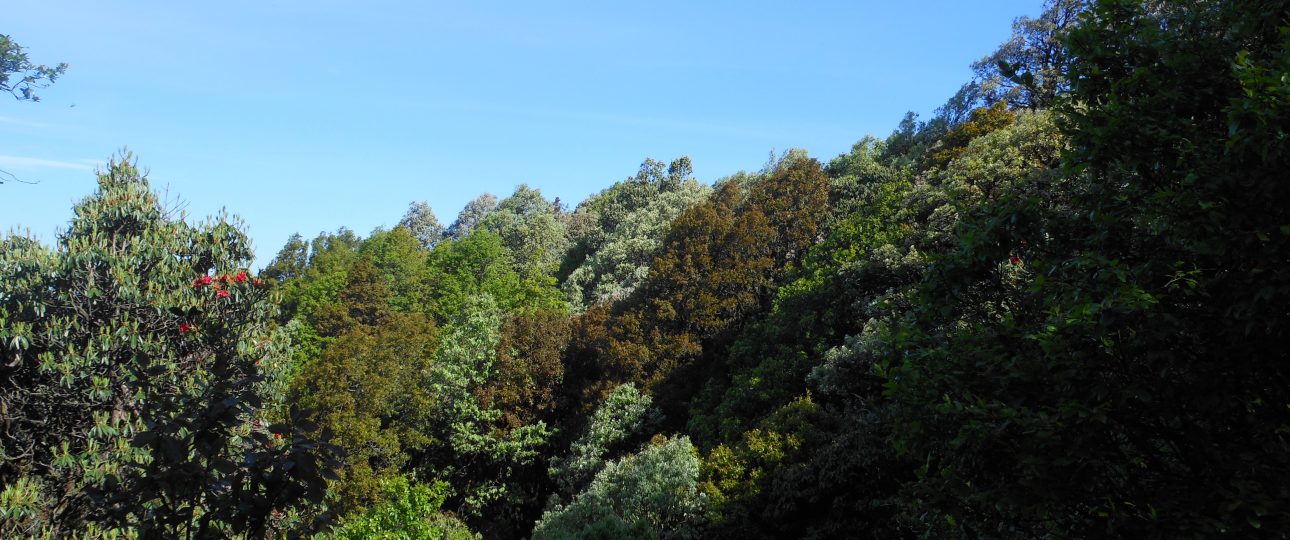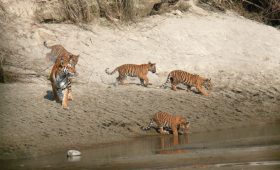Introduction
Welcome to my travel guide to Binsar, Uttarakhand, a hidden gem nestled in the beautiful country of India. As an avid traveler and explorer, I have had the pleasure of visiting numerous destinations around the world, but Binsar holds a special place in my heart. In this article, I will share my personal experiences, practical travel tips, and highlight what makes Binsar a unique and captivating destination.
Getting to Binsar
Getting to Binsar is an adventure in itself. The closest major airport is the Indira Gandhi International Airport in Delhi. From there, you can either take a domestic flight to Pantnagar Airport or opt for a scenic road trip. The road journey from Delhi to Binsar takes approximately 9-10 hours, and the route offers breathtaking views of the Himalayas. Once you reach Almora, it’s a short drive to Binsar, where you’ll be greeted by serene landscapes and untouched natural beauty.
Best Time to Visit
Binsar is a year-round destination, but the best time to visit depends on your preferences and the experiences you seek. The summer months from April to June offer pleasant weather, perfect for exploring the lush green forests and enjoying outdoor activities. If you’re a nature enthusiast, monsoon season from July to September brings the forests to life with vibrant colors and cascading waterfalls. For those seeking a winter wonderland, the months of December to February offer a snowy paradise, ideal for trekking and enjoying breathtaking views of the snow-capped peaks.
Exploring Binsar
1. Binsar Wildlife Sanctuary
The Binsar Wildlife Sanctuary is a must-visit for nature lovers. Spread over an area of 45 square kilometers, this sanctuary is home to a wide variety of flora and fauna. Take a leisurely walk through the dense forests and spot exotic bird species, including the colorful Himalayan Monal and Koklass Pheasant. If you’re lucky, you might even catch a glimpse of the elusive leopard or Himalayan black bear.
2. Zero Point
For panoramic views of the snow-clad Himalayan peaks, head to Zero Point. Located at an altitude of 2,420 meters, this viewpoint offers breathtaking vistas of Nanda Devi, Trishul, and other majestic mountains. It’s the perfect spot to witness a mesmerizing sunrise or sunset, filling the sky with hues of orange and pink.
3. Kasar Devi Temple
Immerse yourself in the spiritual aura of the Kasar Devi Temple, a serene and ancient temple dedicated to the goddess Kasar Devi. Legend has it that Swami Vivekananda meditated here, and the temple attracts spiritual seekers from around the world. The tranquil surroundings and panoramic views make it a peaceful retreat for meditation and introspection.
Local Transportation
Once you arrive in Binsar, it’s easy to explore the surrounding areas. Taxis and shared jeeps are readily available for hire, and the locals are friendly and helpful in guiding you to your desired destinations. If you prefer a more adventurous mode of transport, renting a bicycle or motorcycle allows you to navigate the winding roads at your own pace and discover hidden gems along the way.
Summary of Facts
- Closest major airport: Indira Gandhi International Airport in Delhi
- Closest domestic airport: Pantnagar Airport
- Approximate road journey from Delhi to Binsar: 9-10 hours
- Best time to visit: April to June (summer), July to September (monsoon), December to February (winter)
- Main attractions: Binsar Wildlife Sanctuary, Zero Point, Kasar Devi Temple
- Local transportation: Taxis, shared jeeps, bicycles, and motorcycles available for hire
Conclusion
Binsar, Uttarakhand is a destination that truly captures the essence of nature’s beauty. From its diverse wildlife to its breathtaking views of the Himalayas, Binsar offers a unique and immersive experience for travelers seeking tranquility and adventure. Whether you’re a nature enthusiast, a spiritual seeker, or simply someone looking to escape the hustle and bustle of city life, Binsar has something for everyone. So pack your bags, embark on this unforgettable journey, and discover the hidden wonders of Binsar, Uttarakhand.



